Bring together the warmth of traditional decor and the clean lines of contemporary decor in the transitional style! Get more tips on how to bring this home!
Every decor style has some specific characteristics, and different aspects of these appeal to different individuals. However sometimes, you like certain aspects of one style and some features of another. If that’s you, don’t worry – the transitional style will help you find middle ground!
Decor Styles 101: Transitional
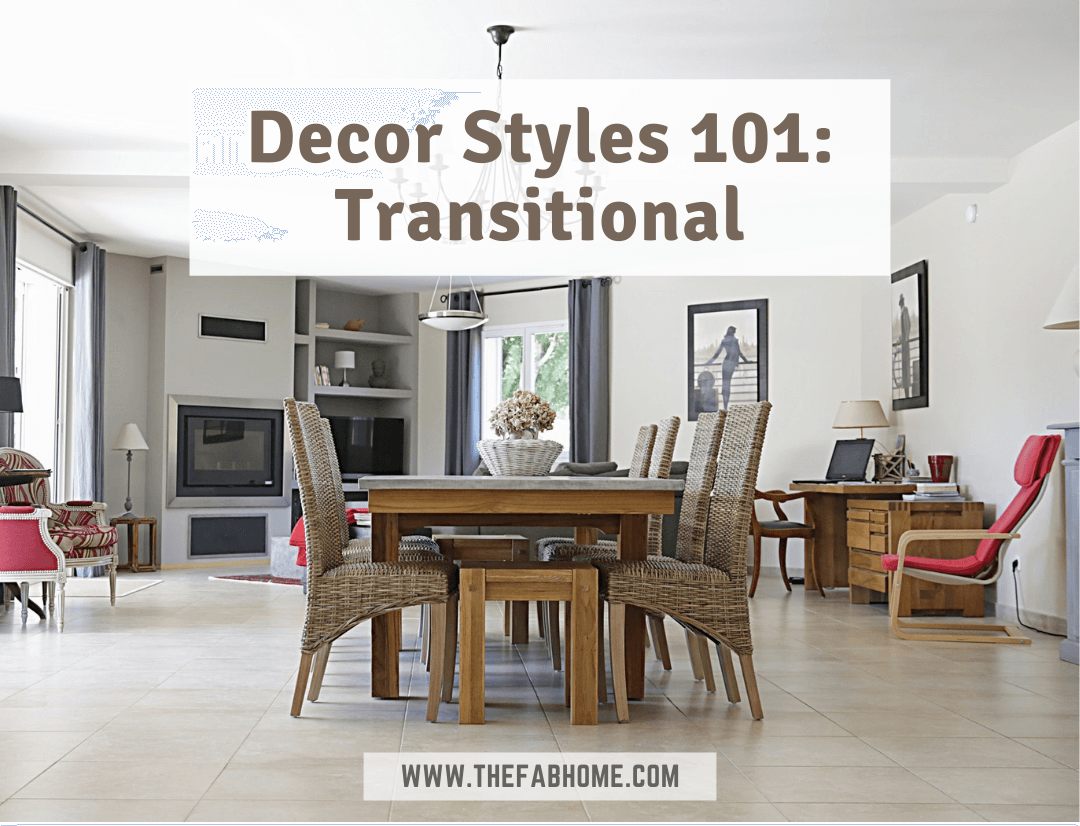
As you already know, the word ‘transition’ refers to the process of changing from one state to the other. This decor style doesn’t really mean you should constantly be changing from one state to the other, though; it refers to a mix of traditional and contemporary styles.
These two styles may seem difficult to combine, being from different eras, but that is the beauty of the transitional decor style! The old and the new come together in everything – furniture, furnishings, decor and art. It is the way we combine the two that brings out our individuality and makes the process fun.
It is common to confuse transitional with eclectic style, but they’re different. Eclectic style is more bold and dramatic, whereas transitional leans towards the minimalist spectrum, and is classic and sophisticated. This style helps you combine the warmth and familiarity of traditional pieces without letting it get in the way of functionality or without letting it look dated. To understand this better, let’s look at the characteristics of transitional decor.
Characteristics of Transitional Decor Style
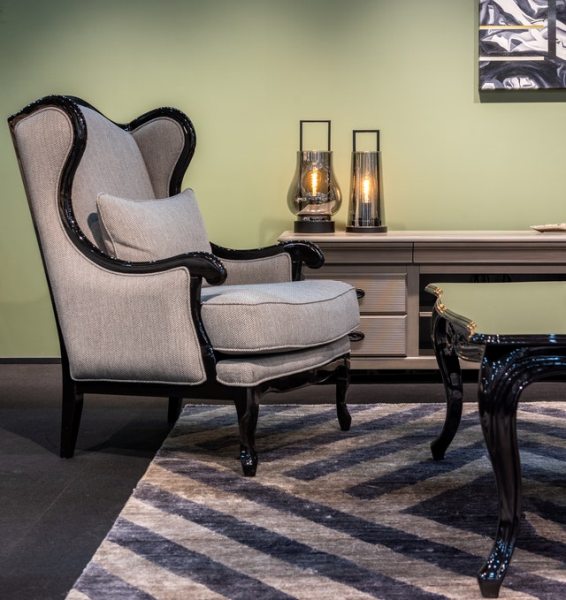
- Muted colors are usually seen in the transitional style, comprising mainly of neutrals
- There is a mix of traditional style furniture along with more sleek modern pieces
- Lots of textures make their presence felt in this style
- The overall look is clean, simple and harmonious, even though it includes different eras
- There are fewer pieces and minimal patterns, to avoid too much visual clutter
6 Ways to bring Transitional Style to your Space
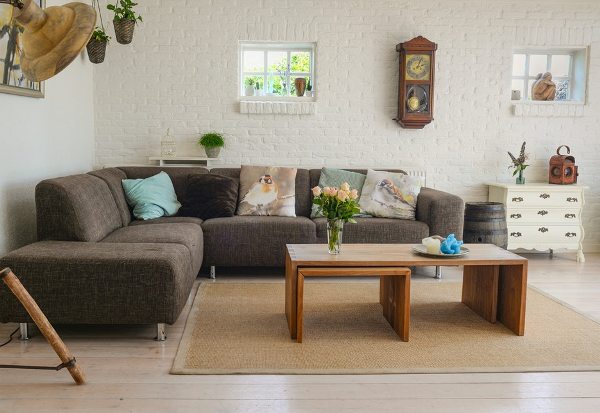
1. Use Colors Smartly

Since transitional style involves two very different styles in one space, it helps to keep the look harmonious by minimizing the number of colors used. Rather than choose different colors to complement each other, it is better to go tone on tone, by using different tones of the same shade, from light to dark.
2. Get the Right Furniture
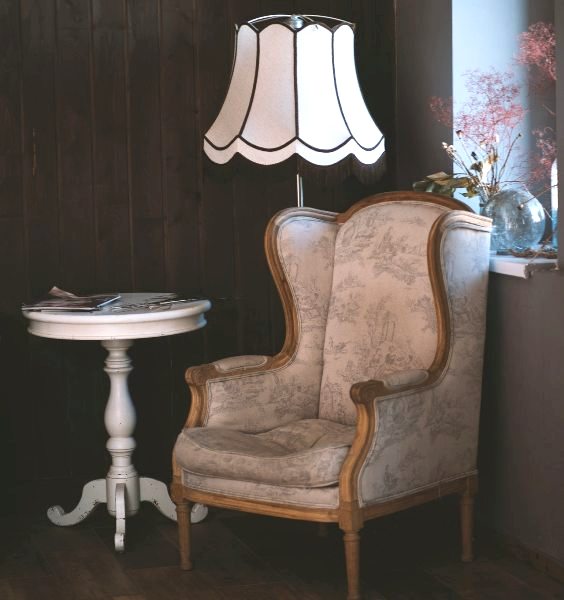
Furniture is an important component of transitional furniture, as it is most often furniture that links traditional and contemporary together. Go with a traditional bed and modern night stands, or a traditional dining table with modern chairs. You can also mix it up in one piece – for example, using a modern fabric to upholster a traditional arm chair.
3. Have Fun with Furnishings
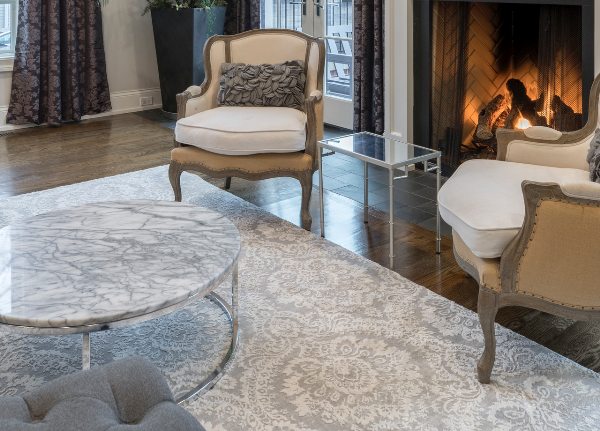
Furnishings are another area that you can play with when incorporating the transitional style in your space. Rugs are a popular element in this style, and you can use a traditional rug while going for more modern print cushions. Drapes can also be a mix of both styles, and you can play around with fabrics while keeping the colors within the planned scheme.
4. Bring in a Mix of Materials
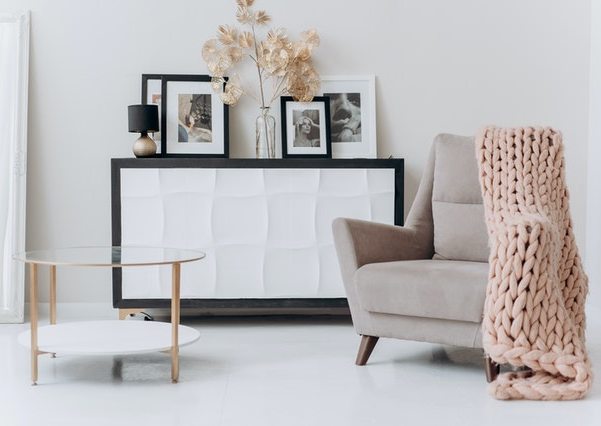
Since we’re keeping the colors and prints to a minimum, one area where you can go crazy is with textures. There is no limit here – you can use anything! Wood can be used in furniture and paneling as well as decor. Other materials that can be used are marble, granite, glass and various metals.
5. Maintain a Balance
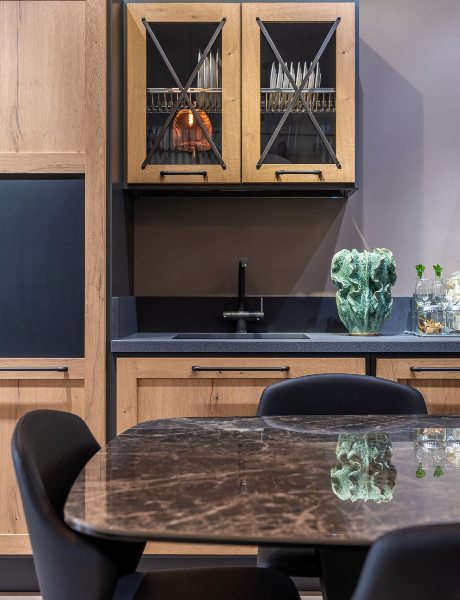
When you’re using large pieces like furniture from different styles, try to maintain a sense of balance so that everything looks like they belong together and nothing seems out of place. Transitional style focuses on looking at the room as a whole, rather than each piece standing out. Keep the furniture pieces in proportion to each other, and ensure there is an equal distribution of traditional and contemporary pieces.
6. Play around with Accessories
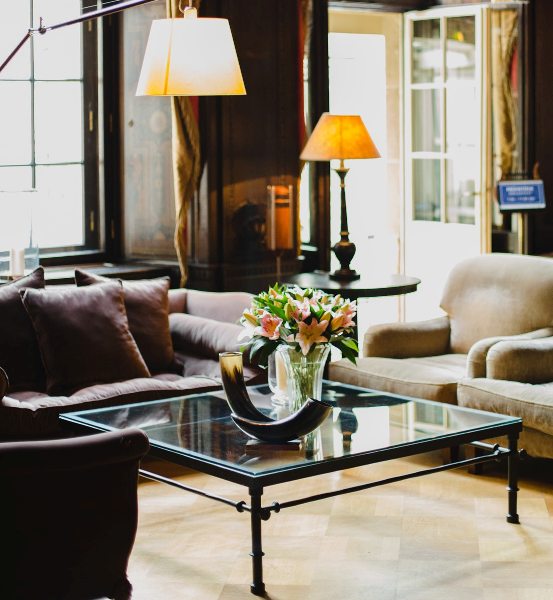
Unlike the eclectic style, the number of accessories in transitional style should be limited. In order to keep the focus on the mix of styles through furniture and textures, it is important to have just a few pieces. However, this gives you the opportunity to make those few really special or unexpected pieces to add that fun element to an otherwise neutral space.
The transitional style can be a little tricky to implement, but it is a great starting point if you’re still trying to find your style yet like having some clean lines. You’re likely to have a traditional piece that you’ve inherited or you can buy second hand, and you can build the rest of the room around this. Celebrate the past and the present, by combining the best of both worlds in a place you can call your very own!
This post is a part of the Blogchatter A2Z Blogging Challenge 2021.
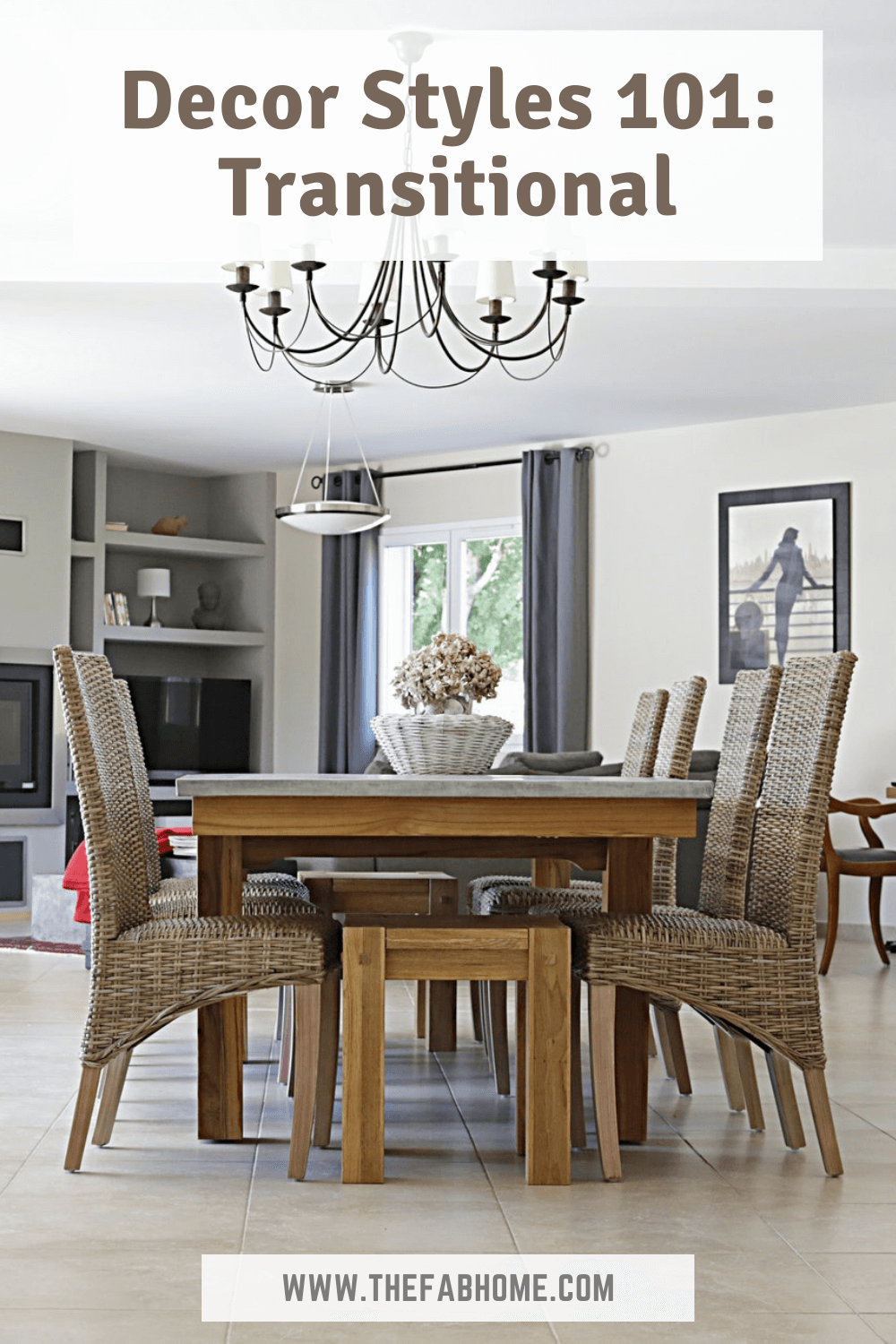

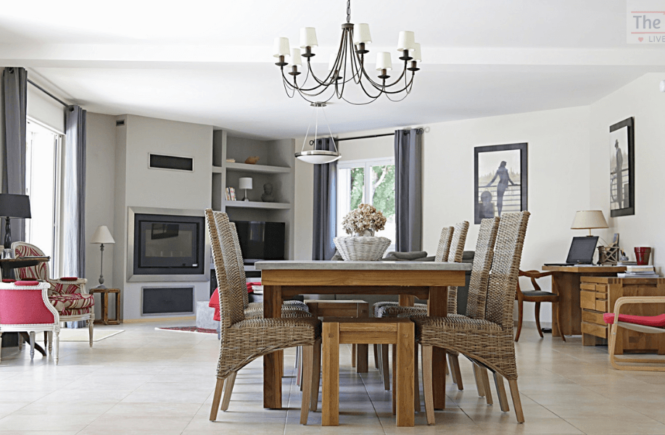
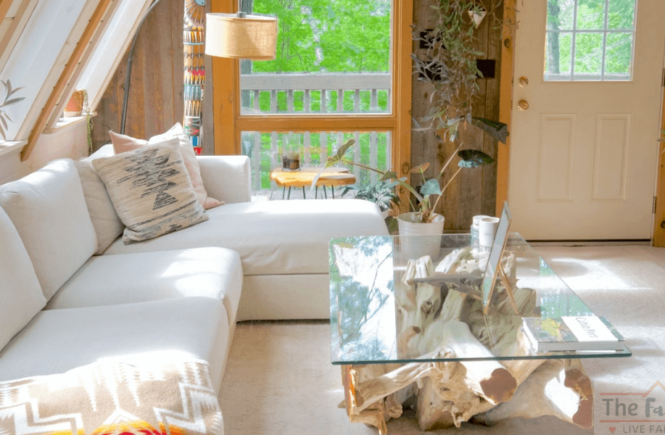
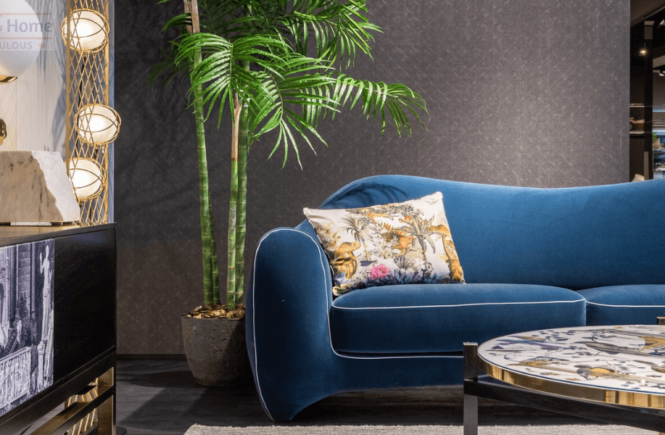

2 Comments
I loved the way you have talked about colors! very well written.
I can see why it gets confused with eclectic … would prefer transitional over it but still don’t think this would be a style I would prefer if I had to choose for my house